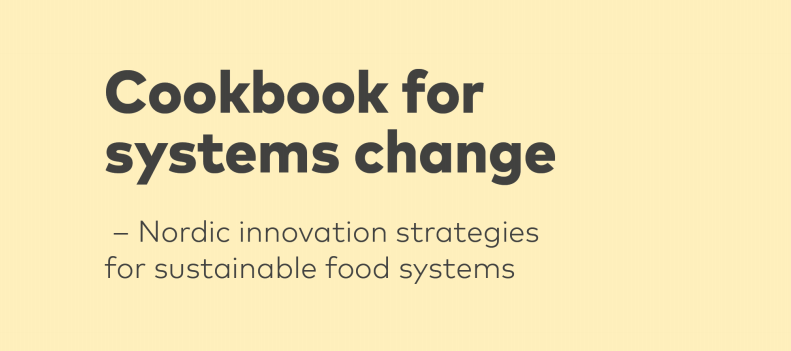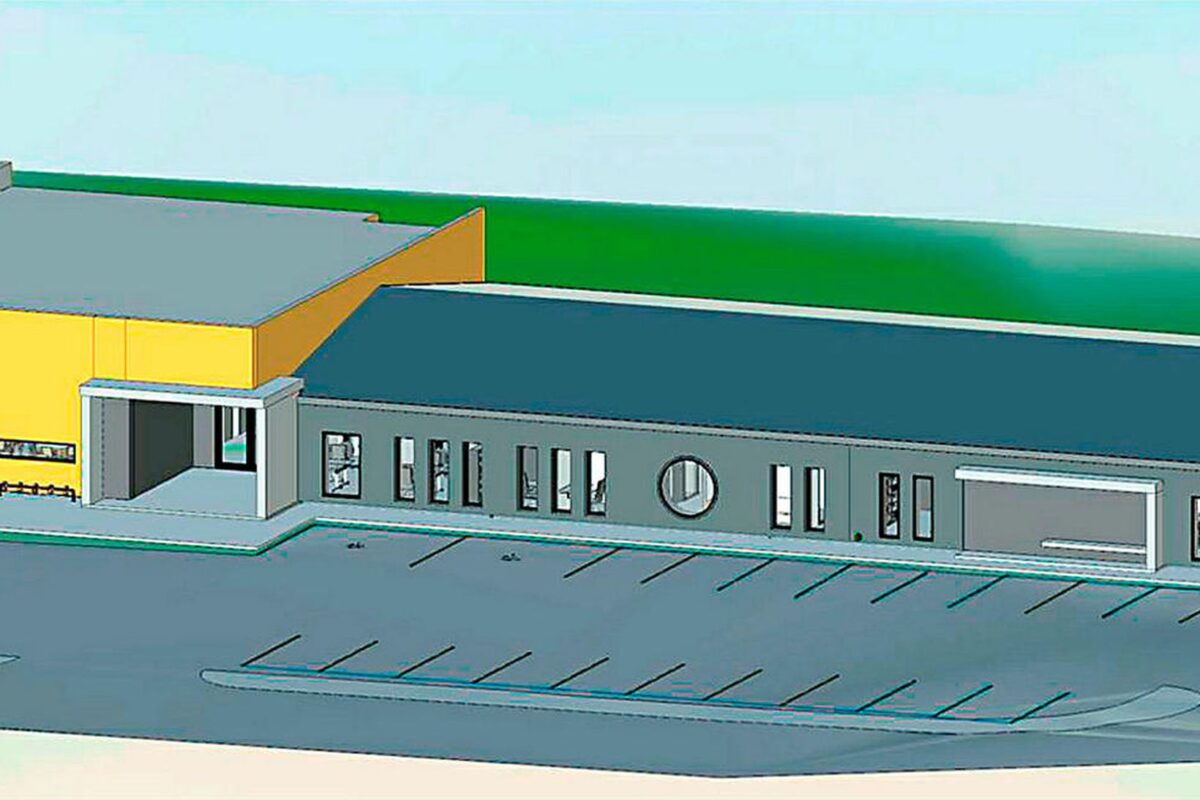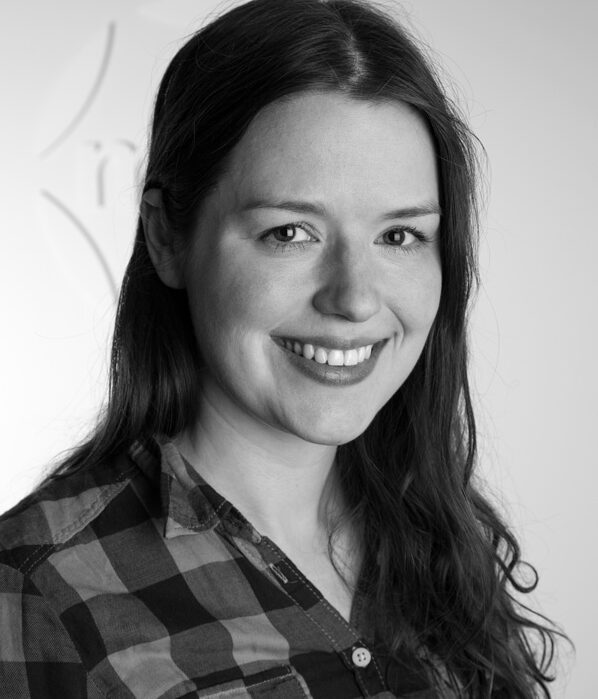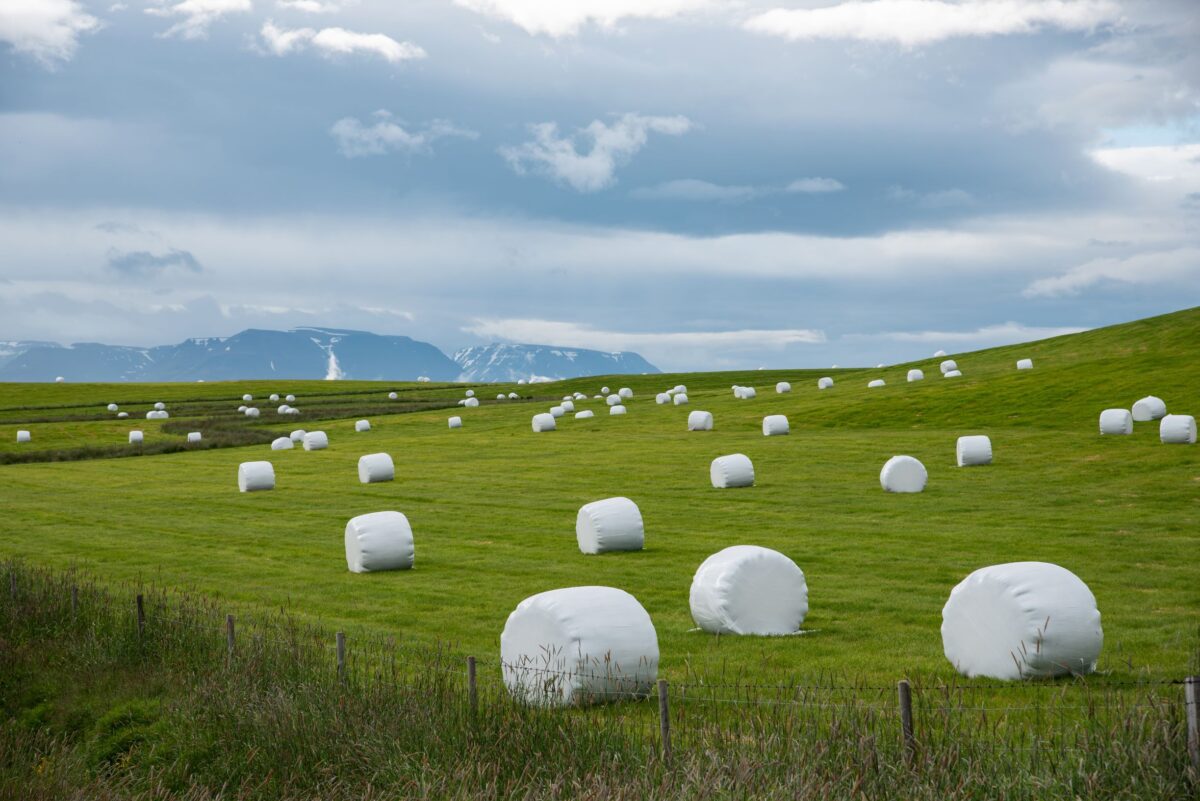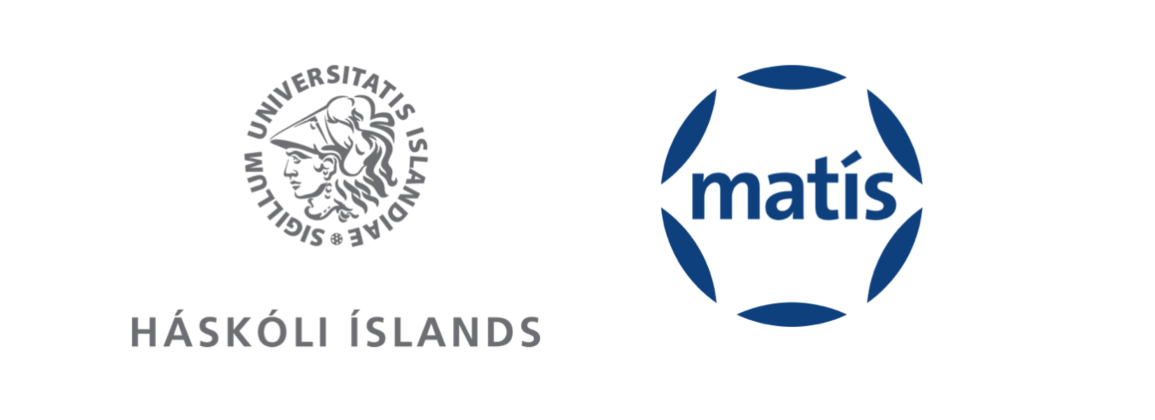The title of the conference is "What is the Added Value of Sensory and Consumer Science?". It will, among other things, discuss the dissemination of information obtained from sensory evaluation and consumer research. The emphasis will be on scientific results and their usefulness and their dissemination to industry as well as society.
Examples of how sensory evaluation and consumer research have been important in research, product development, a sustainable society, education, etc. will be examined. Professionals and scientists who work with sensory evaluation, quality issues and consumer issues in the field of food and other consumer products, get the opportunity to meet in online worlds and compare their books. The conference is also ideal for strengthening connections and opportunities in the Nordic region. Sensory assessment, such as quality assessment, and consumer issues are important links in the work carried out in companies that produce and sell consumer goods.
The Nordic Sensory Workshop is a Nordic conference that has been held approximately every other year. Due to Covid-19, the conference was postponed last year and was scheduled to take place in Gothenburg, Sweden. However, it was decided to hold the Nordic Sensory Workshop electronically this year, 27-29. April 2021. The conference will be hosted by experts in the field of sensory evaluation and consumer research in the Nordic countries, and will also take turns hosting the conference. This year, RISE (The Swedish Research Institute) is in charge of management with assistance from Nordic partners in Iceland (Matís), Norway (NOFIMA), Denmark (Teknologisk Institut) and Finland (VTT-Technical Research Center of Finland).
You can register for the conference until April 15.
Here is a leaflet about the conference.
More information about the conference can be found on the event's registration page here.
Further information is provided by Kolbrún Sveinsdóttir, specialist at Matís (kolbrun@matis.is).





